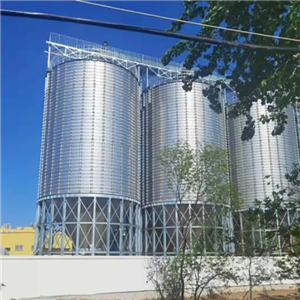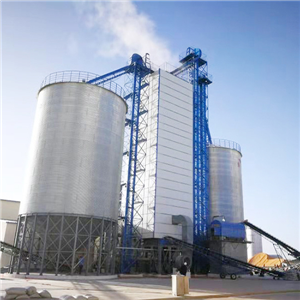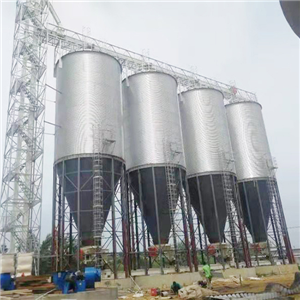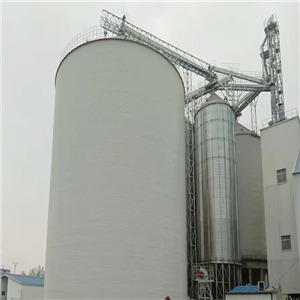These Cool Facts About Corn Will Surprise You!
Corn Is More Than Just "Old Corn": Diverse Varieties, Each With Its Own "Superpower"
- Sweet Corn: The "fruit corn" beloved in summer is a type of sweet corn! Compared to regular corn, sweet corn has a sugar content of 10%-15% (vs. just 2%-3% for regular corn). It’s juicy, crisp, and sweet, requiring only a short boil before eating. It’s also perfect for juicing or adding to salads, making it a true "snack-style corn."
- Waxy Corn: If you love chewy, glutinous flavors, waxy corn is for you. Its amylopectin content (a type of starch) is nearly 100%, so it turns soft and sweet when cooked. It’s ideal for making corn paste, zongzi (glutinous rice dumplings), or stewing with pork ribs—absorbing the broth’s flavor for an extra tasty bite. Note, however, that waxy corn has a relatively high glycemic index, so people with weak digestion should enjoy it in moderation.
- Popcorn Kernels: The star ingredient in movie-night popcorn is this special type of corn! Its small, hard kernels have a moisture content of 13%-14%. When heated, the water inside vaporizes rapidly, causing the kernels to "pop" into fluffy popcorn—up to dozens of times their original size. It even has a natural corn aroma, tasting great with minimal seasoning.
Corn’s "Growth Code": What It Needs to Thrive
- Growth Cycle: From seed to mature ear, corn takes about 70-120 days, depending on the variety. The most critical stage is the pollination period (usually 2-3 weeks after tassels appear). If there’s heavy rain or extreme heat during this time, pollination will be poor, leading to fewer kernels on the ear.
- Sun and Water: Corn is a "sun-loving" crop—needs at least 6-8 hours of sunlight daily. It also drinks a lot: 1 kg of corn kernels requires about 500-800 kg of water during its growth. But too much water is bad too—waterlogged soil can rot the roots and reduce yield.
- Unique Structure: The "ear" of corn we eat is actually a modified stem, and the "silk" on top is the corn’s female flower. Each strand of silk connects to a potential kernel—if the silk isn’t pollinated, that spot will stay empty (which is why some ears have "gaps" in kernels).
Keeping Corn Fresh: The Key to Preserving Its Quality
- Fresh Corn: After harvesting, fresh corn loses sweetness quickly—sugar turns into starch within 24 hours at room temperature. The best way to store it is to wrap the ears in plastic wrap and refrigerate (0-4°C), which can keep it fresh for 5-7 days. For longer storage, blanch the corn for 3-5 minutes, cool it, and freeze it—this locks in sweetness for up to 6 months.
- Dried Corn Kernels: Dried corn (used for flour, animal feed, or long-term storage) is prone to mold and pests if moisture is too high. The safe storage moisture for dried corn is 13%-14%; if it exceeds 15%, mold (like Aspergillus flavus, which produces harmful toxins) can grow. Controlling temperature is also key—storing at 15°C or below slows down nutrient loss and pest activity.
LIAONING QIUSHI: Safeguarding the Quality of Corn With Professional Storage Solutions
When it comes to large-scale corn storage (such as for farms, grain depots, or food processing plants), professional technology is crucial to avoid losses. As a leader in grain storage solutions, LIAONING QIUSHI Silo Equipment Engineering Co., Ltd. offers tailored technologies to keep corn in optimal condition. Our smart grain management systems monitor temperature, moisture, and pest activity in real time; low-temperature storage systems maintain stable temperatures (10-15°C) to preserve corn’s nutrition and flavor; and controlled-atmosphere storage technology uses nitrogen or carbon dioxide to prevent mold and pests without chemical residues. Whether you’re storing fresh corn for processing or dried corn for long-term reserves, LIAONING QIUSHI’s solutions ensure your corn stays safe, fresh, and high-quality.





